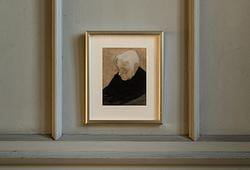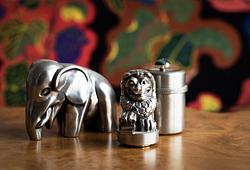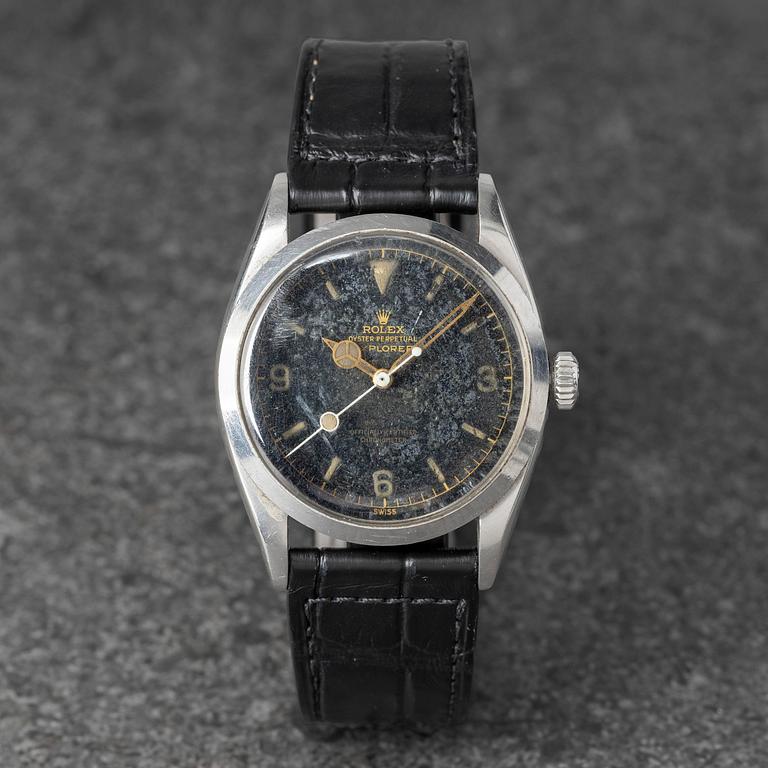Rolex, Explorer, "Nobel family", "Radium Chapter ring OCC Dial", ca 1956.
Case size: 36 mm
Material: steel
Movement: automatic, caliber 1030
Year: circa 1956
Crystal: plastic crystal
Bracelet: Oyster bracelet, folding clasp, ref. 1.57
Reference number: 6610
Serial number: 168'480
Movement number: 692'056
Case number: 6610/II.56
Accompanied by: certificate, chronometer certificate, box
Missing end links. Dial with patina.
A simple function check indicated the movement runs; accuracy, power reserve and long-term performance have not been tested and servicing may be required at the buyer’s expense. Water resistance cannot be guaranteed and should be checked by a qualified watchmaker before any exposure to water. No right of withdrawal applies to live auction purchases.
Alkuperä - Provenienssi
The Nobel family. The watch was purchased by Alf Igor Nobel, then inherited by the current owner.
Current owner —> Magnus Nobel —> Hans Nobel —> Alf Igor Nobel (köpte klockan) —> Mina Nobel —> Ludvig Nobel —> Alfred Nobel
Muut tiedot
Rolex introduced the ref. 6610 in 1955, two years after the first Explorer. It was fitted with the updated, calibre 1030, a thinner, chronometer-rated automatic that allowed for a flatter caseback and a noticeably sleeker profile on the wrist. By contrast, earlier Explorer-type references used the thicker caliber A296, whose height required a rounded “bubble-back” case. The 6610 therefore occupies a pivotal place between the pioneering early models and the later, long-running 1016, combining vintage gilt-dial charm with a more modern silhouette.
The dial features radium luminous compound on the hands and hour markers, now aged to an attractive tone; a continuous printed minute track (chapter ring) that neatly frames the text and the iconic 3-6-9 numerals; and the “OCC” (“Officially Certified Chronometer”), the pre-“Superlative” wording used by Rolex before the SCOC designation that became standard on the 1016.
This example comes from the family of Alfred Nobel, having passed by inheritance to the present owner, distinguished provenance that adds cultural weight to an already important reference and sets this 6610 apart.
Originally sold in Stockholm in 1958, it is accompanied by its original Rolex guarantee papers, box, and chronometer certificate.

















































































